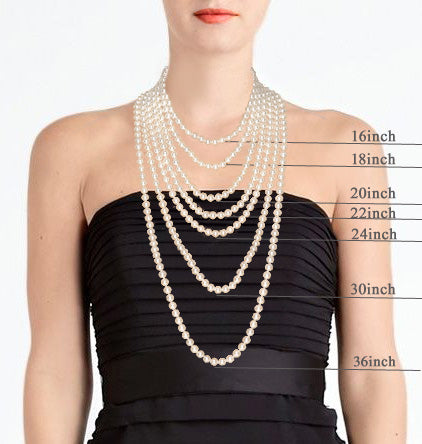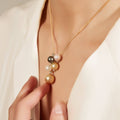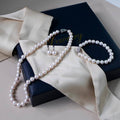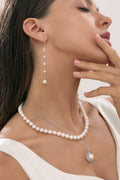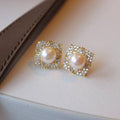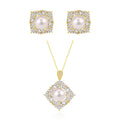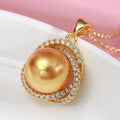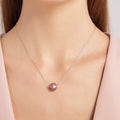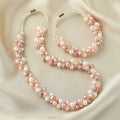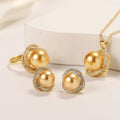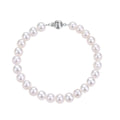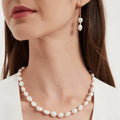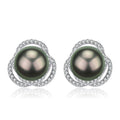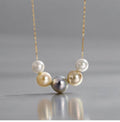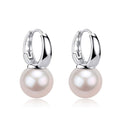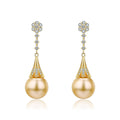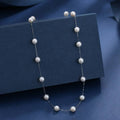FAQs
FAQs: Frequently Asked Questions About Pearls
Pearls are fascinating gemstones with a rich history and unique characteristics that set them apart from other gems. In this FAQ section, we will address some of the most common questions about pearls, providing valuable information to help you better understand and appreciate these stunning gems.
-
How are pearls formed? Pearls are formed within certain mollusks, such as oysters and mussels, when an irritant (like a small parasite or a grain of sand) enters the mollusk's shell. The mollusk secretes a substance called nacre to coat the irritant, and over time, layers of nacre accumulate, eventually forming a pearl.
-
What is the difference between cultured and natural pearls? Natural pearls are formed without any human intervention, while cultured pearls are created by intentionally introducing an irritant into a mollusk. The majority of pearls available today are cultured, as natural pearls are extremely rare and expensive.
-
How can I identify real pearls? One simple test to differentiate real pearls from imitation pearls is the "tooth test." Gently rub a pearl against the edge of your front teeth. If the pearl feels slightly gritty or textured, it is likely a real pearl. Imitation pearls will feel smooth and glass-like. However, for a definitive answer, it's best to consult a professional jeweler or gemologist.
-
Are freshwater and saltwater pearls different? Yes, freshwater and saltwater pearls differ in their origin, as they are produced by different types of mollusks. Freshwater pearls typically come from mussels in freshwater environments, while saltwater pearls are produced by oysters in saltwater habitats. Freshwater pearls are often more affordable and available in a wider range of shapes and colors, whereas saltwater pearls are generally more valuable and lustrous.
-
What are the main types of pearls? The main types of pearls include Akoya pearls, Freshwater pearls, Tahitian pearls, and South Sea pearls. Each type of pearl is unique in its appearance, value, and characteristics. Akoya pearls are known for their high luster and near-perfect round shape, while Freshwater pearls offer a variety of shapes and colors. Tahitian pearls are famous for their dark, exotic colors, and South Sea pearls are prized for their large size and luxurious appearance.
-
How do I care for my pearl jewelry? Proper care is essential to maintain the beauty and luster of your pearl jewelry. Always store your pearls separately from other jewelry to prevent scratches. Clean your pearls with a soft, damp cloth after each wear to remove any dirt or oils. Avoid exposing pearls to harsh chemicals, such as cleaning products or perfume, as these can damage the nacre. It's also important to have your pearl jewelry regularly inspected and restrung by a professional jeweler.
By understanding the basics of pearls, their formation, and care, you'll be better equipped to appreciate and enjoy these remarkable gems. If you have any additional questions, the team at House Of Pearls is always available to provide expert guidance and advice.
Unparalleled Quality.
Hand-selected and individually inspected pearls ensure our highest quality standards.
Fair & Transparent Pricing.
Jewelry up to 80% below traditional retail prices. Luxury without the markup.
Free Shipping Worldwide.
On orders over $69 USD
Buy Now Pay Later With Klarna.
BECOME A HOUSE MEMBER
Drop your email below and we'll send you members-only discount.
